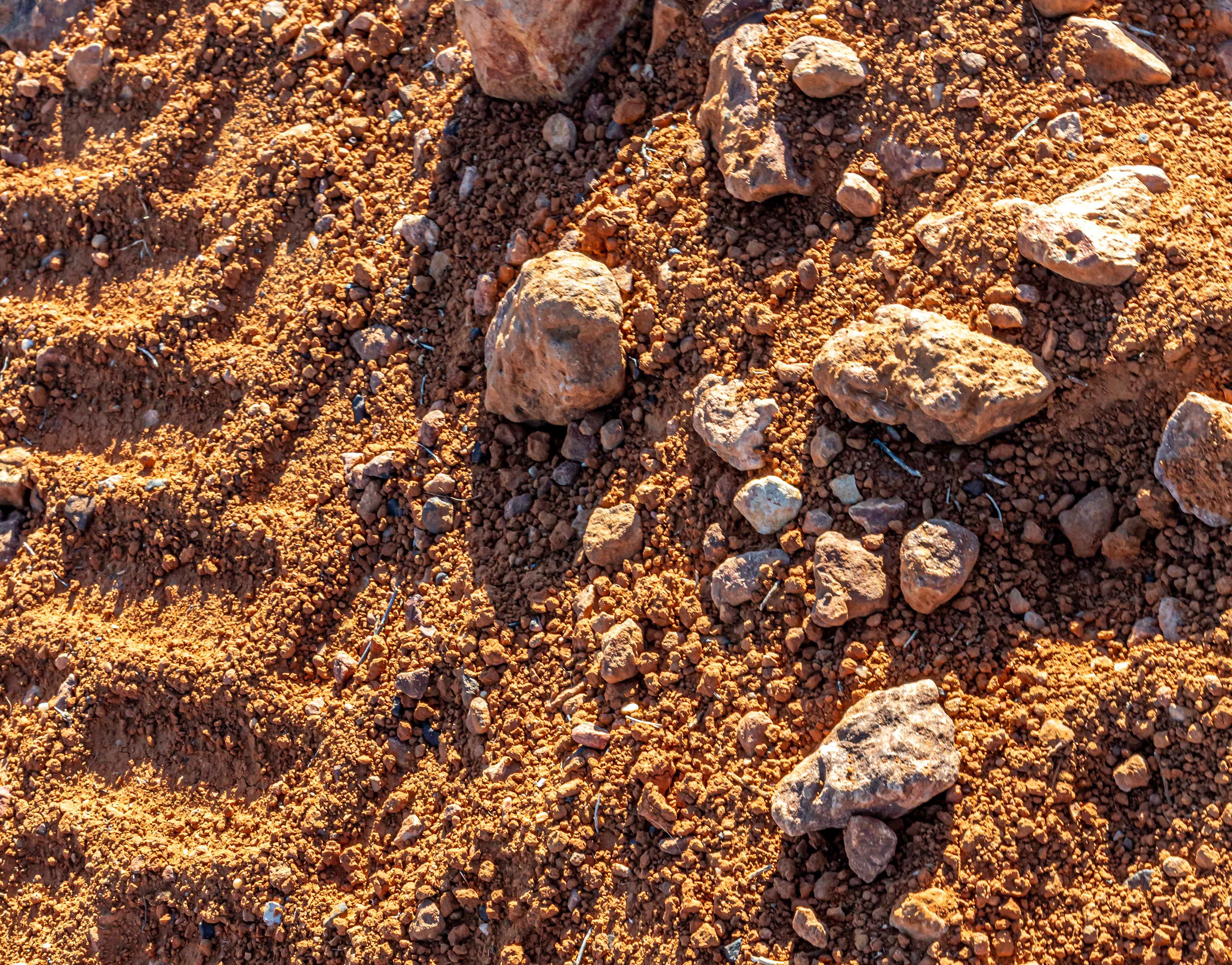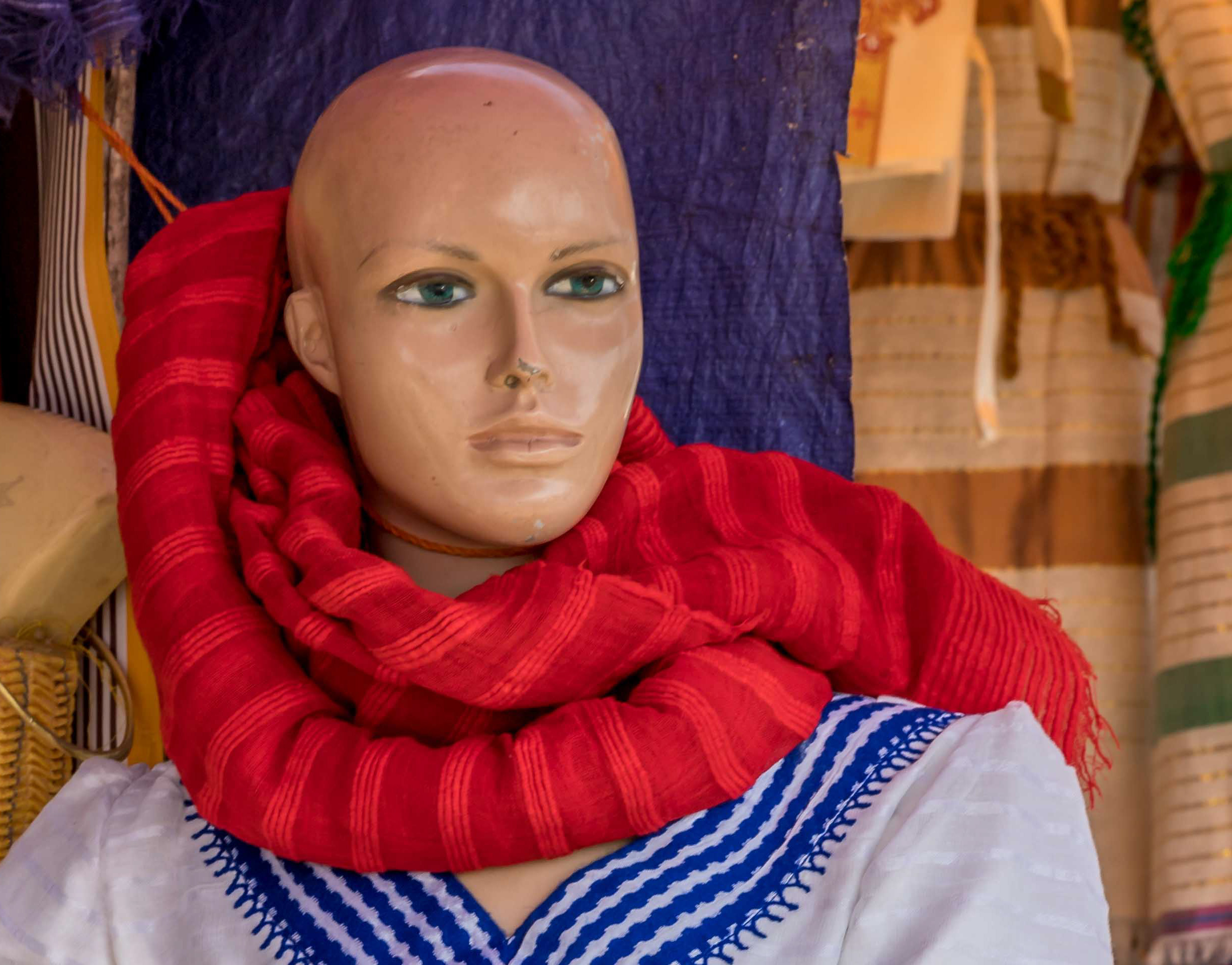I wonder what stories this barrow could tell
Currawinya Woolshed is now part of the Currawinya National Park.
The wool press with the classing bins behind. The classer would allocate the wool to a particular quality level and it would be placed into the appropriate bin. The wool would then be pressed and baled and shipped to market.
The wool press
The Ruston and Hornsby diesel engine drove the shed
The board where the sheep were actually shorn. It appears to be an 8 stand shed.
After shearing of each individual sheep, its fleece would be spread onto the table and classed for quality. It would then be thrown into the appropriate class bin for later pressing and baling.
Bales were branded with the station name, the wool class and weight prior to shipping to market many hundreds of km away
The sheep yards
The sheep would have been pushed from the yards, up the ramp and into the shed to await their turn for shearing.
The shed through the Mulga scrub from the shearers quarters
The shearers quarters
The kitchen (??)
The meat safe. A sheep (or more) would be killed regularly to supply the food requirements of the workforce. After slaughter, they would be hung inside this fly proof and cool (relatively anyway) building prior to use.
Stationary steam engine likely used to pump water from the nearby Paroo River to the shearing facility
Water trough which would have sen plenty of activity when a mob of sheep arrived at the shearing shed









